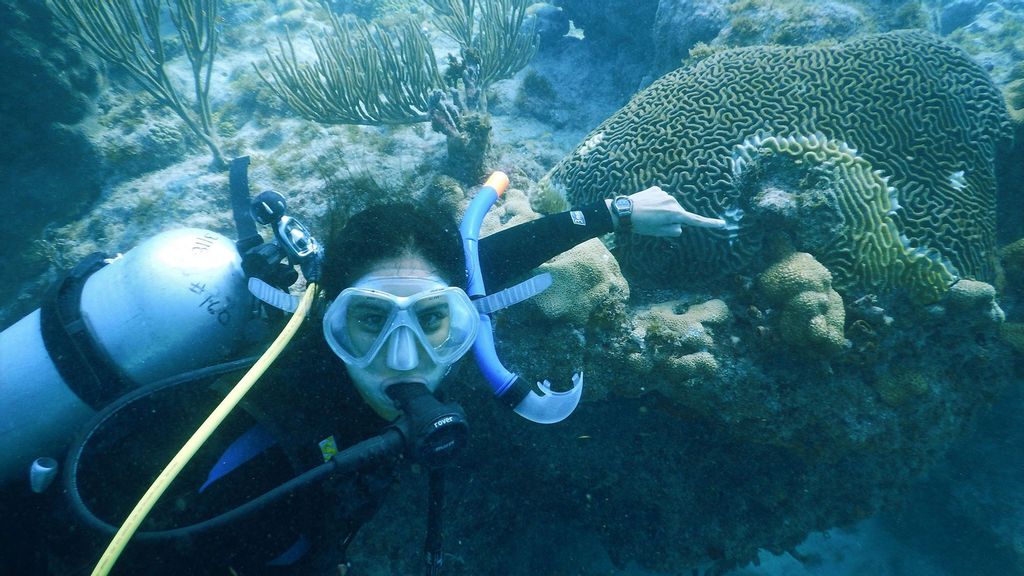Conservationists in Florida are building what they call a “Noah’s Ark” laboratory breeding program to save species of coral from extinction.
Earlier this year, researchers confirmed that Stony Coral Tissue Loss Disease, which first appeared in 2014, had covered all of the 170-mile the Florida Reef Tract, the third-longest reef in the world.
“We still know very little about the disease that has destroyed the reef here in Florida and is now threatening reefs hundreds of miles away in the Caribbean,” said Andrew Walker, the CEO and president of the Fish and Wildlife Foundation of Florida.
Forty-five species of stone coral were found in the Florida reef, and so far 22 of these have been killed by the disease.
“I’ve never seen a disease cause this much devastation this quickly,” Walker said. “We think it could be a virus that appears to attack the coral’s tissue although this still isn’t certain. … We have seen 300-year-old coral die within two weeks of being infected.”

Scientists are still not sure where Stony Coral Tissue Loss Disease came from, although it’s believed that it was carried across the ocean by plankton or in the ships bilge tanks, where wastewater is stored.
Attempts have been made to limit the spread of disease by using antibiotic pastes, but according to Walker, these efforts only slow down the disease and aren’t a long-term or large-scale solution.

Coral reefs occupy less than 1 percent of the world’s oceans, according to the National Oceanic and Atmospheric Administration, but approximately 25 percent of marine fish species inhabit them during some part of their lives.
Environmental groups have pointed to research showing that the consequences of losing coral reefs are devastating not just for the environment but also for humans, who depend on them for food and economic activity including recreation and tourism.
Walker said that due to climate change, pollution and other factors, the “days of truly natural coral reefs are more or less over,” and the only hope for saving the reefs is by developing breeding technology.
“Without human intervention, the reefs will perish,” Walker warned. “We need corals to be resistant to problems beyond SCTLS [Stony Coral Tissue Loss Disease], including rising water temperatures, increasing salinity and the like.”

The “Noah’s Ark” rescue effort is human intervention on a large scale and could form part of the solution, say conservation groups and governmental organizations working together to salvage Florida’s corals.
Walker says there is hope if “Noah’s Ark” succeeds and breeding programs can make progress toward growing resistant coral and mass replanting can be implemented.
As technology improves around the reproduction of corals, it could allow researchers to develop highly resistant corals so that the reefs could be revived, Walker says.
However, the task at hand is a “moonshot,” he says, as planting coral is extremely time-consuming, and the coral can take decades to grow to a good size.
Edited by Richard Pretorius and Kristen Butler
The post VIDEO: Great Barrier Grief Turns To Joy At Rescue Ark For Stricken Coral appeared first on Zenger News.

